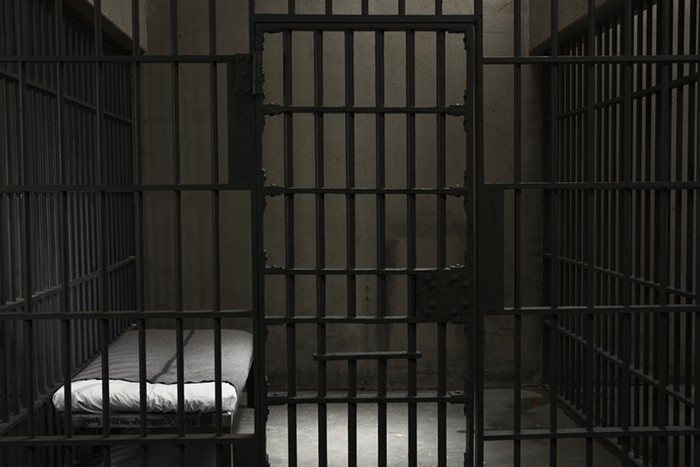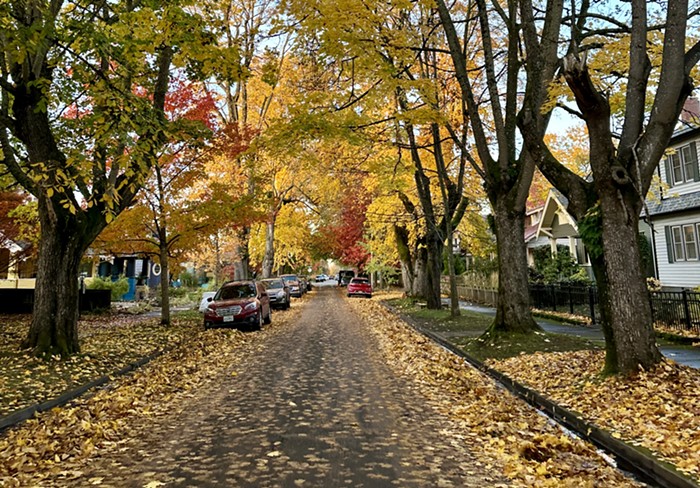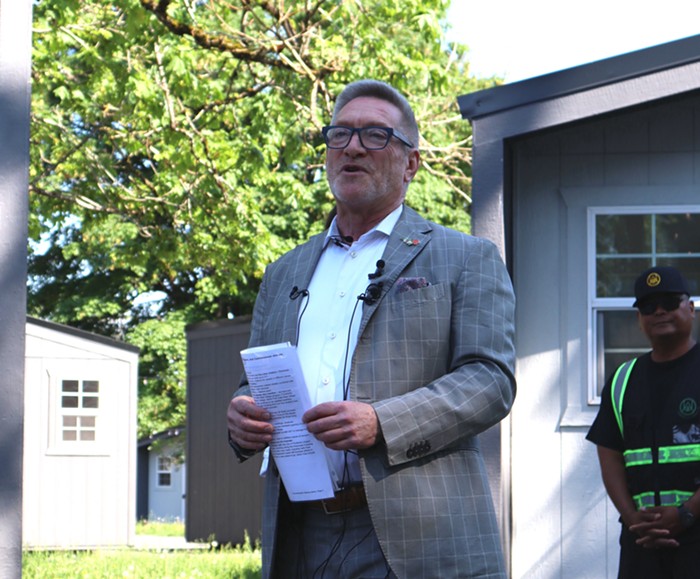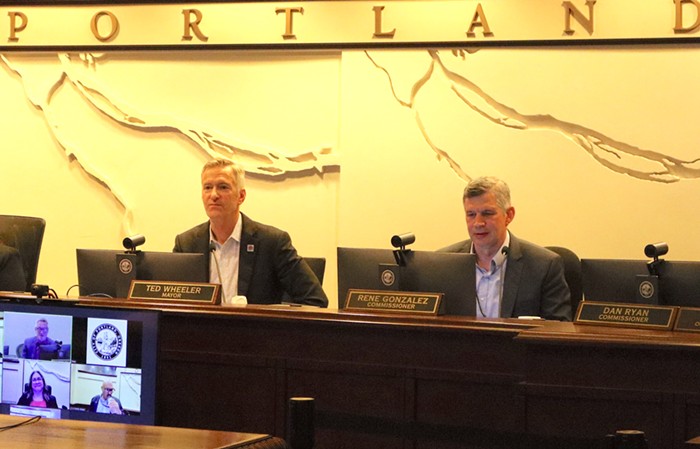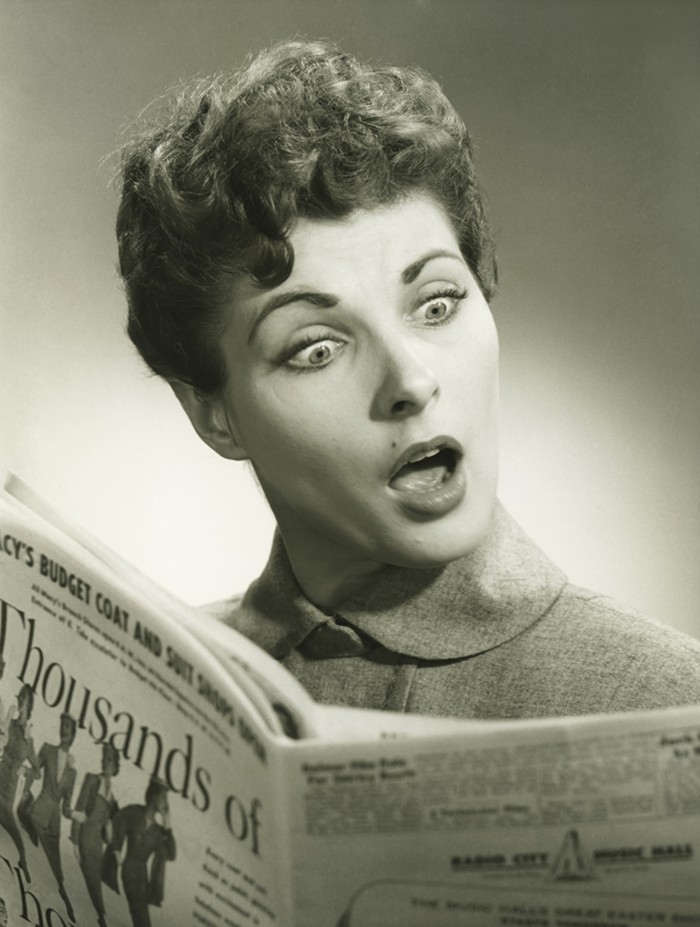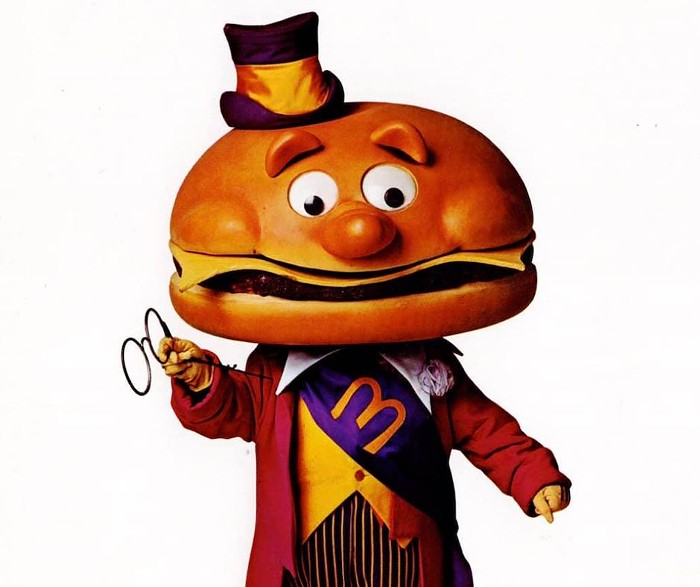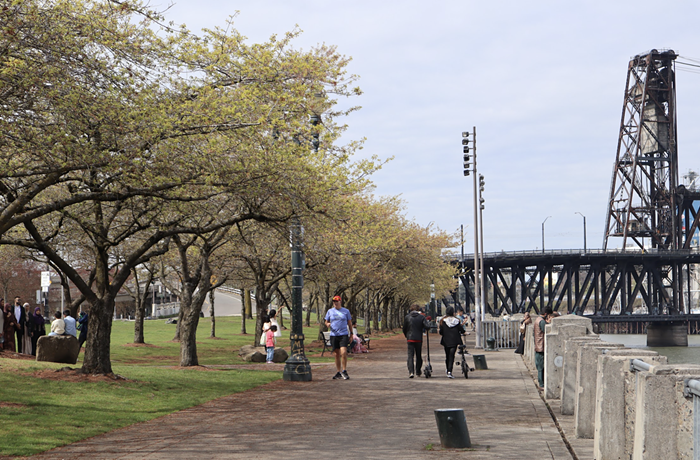By Monday evening, October 2, most of the ballot measure campaign finance reports had been filed with the secretary of state's office—giving the first official glimpse into who is funding this year's slate of measures. More than any year in recent memory, the money has largely come from out of state, and financiers have become increasingly adept at hiding their money in political action committees.
Take, for instance, the campaign for Measure 48, the state spending cap. The contribution half of the Contributions & Expenditures (C&E) report for the Rainy Day Amendment Committee (so called because M48 proponents claim the law will set up a "rainy day fund") is just slightly over two pages, with $30,671 coming from Americans for Limited Government—the Illinois-based anti-tax group headed by New York-based investor Howard Rich. The vast majority of the remaining money has come from the local Taxpayer Association of Oregon ($90,773 from TAO's "Spending Limit PAC"), but no individual donated more than $1,000—although there is $5,512 listed in "miscellaneous contributions."
On the other side of the aisle, the Defend Oregon Coalition has amassed nearly $2 million to fight both Measures 48 and 41 (a state tax cut). Only $6,240 of that has come from individual donors—the rest has come from labor unions, political action committees, and advocacy groups, although most are based in Oregon. The largest out-of-state contribution to the campaign came from the national chapter of the Service Employees International Union, which pitched in $150,000. Other big contributors were the Oregon School Employees Association ($201,000), the Confederated Tribes of Grand Ronde ($50,000), PGE ($20,000), and the Oregon chapter of the SEIU Local 503 ($280,230).
Perhaps the clearest example of the out-of-state money flooding into Oregon is the fight against Measure 42, which would bar insurance companies from basing their rates on customers' credit scores. The anti-M42 campaign is so far the best funded of all the current crop of ballot measures, raking in more than $3.7 million (which explains why their commercials are ubiquitous). Even though the campaign is called "Oregonians Against Insurance Rate Increases," every drop of money in their war chest has come from insurance companies. And only one of them is even located in Oregon—the Oregon Mutual Insurance Company, which put in a relatively paltry $6,000. The rest has come from companies like the Farmers Group ($658,526), State Farm Mutual Automobile Insurance ($731,908), Allstate ($342,990), and Progressive ($244,036). Their campaign commercials, however, don't highlight insurance companies' stake in the fight—rather, they feature "regular" people who are worried that people with bad credit will drive up their insurance rates.
Measure 42 was put on the ballot by Bill Sizemore, but as of press time, no C&E report was filed on his campaign's behalf.
The fight over Measure 45, which would enact term limits for state legislatures, follows the same pattern as most of the measures—the conservative proponents have received most of their money from single contributors outside of Oregon, while their opponents have received less money, although it's largely from inside the state. The "Restore Oregon's Term Limits Committee" received $1.24 million of its $1.25 million from "US Term Limits," another Illinois-based small-government group headed by Howard Rich. The remainder, slightly more than $10,000, came from the "Committee to Restore Oregon Term Limits," a mirror of the primary campaign committee. In September, the Committee to Restore Oregon Term Limits reported that $150,000 of its budget came from Americans for Limited Government, and $585,000 came from US Term Limits—in other words, the term limits campaign is being funded entirely by Howard Rich. The opposition, Oregonians for Voter Choice, has far less money ($85,440), but it's come entirely from within the state—though not from individual donors. Groups like the Oregon Education Association ponied up $25,000 and the Oregon Beverage PAC gave $10,000. Lobbying firm Public Affairs Council donated $30,589 in "campaign management" services—meaning the lobbyists are running the campaign.
Perhaps the only campaign to have mixed large donations from advocacy groups and smaller donations from individuals is the No on 43 Committee, which is fighting the Measure 43 parental notification ban for minors seeking an abortion. Of the $706,124 raised so far, nearly $60,000 has come from contributions under $100. Large contributions, though, have come from Planned Parenthood and NARAL.

